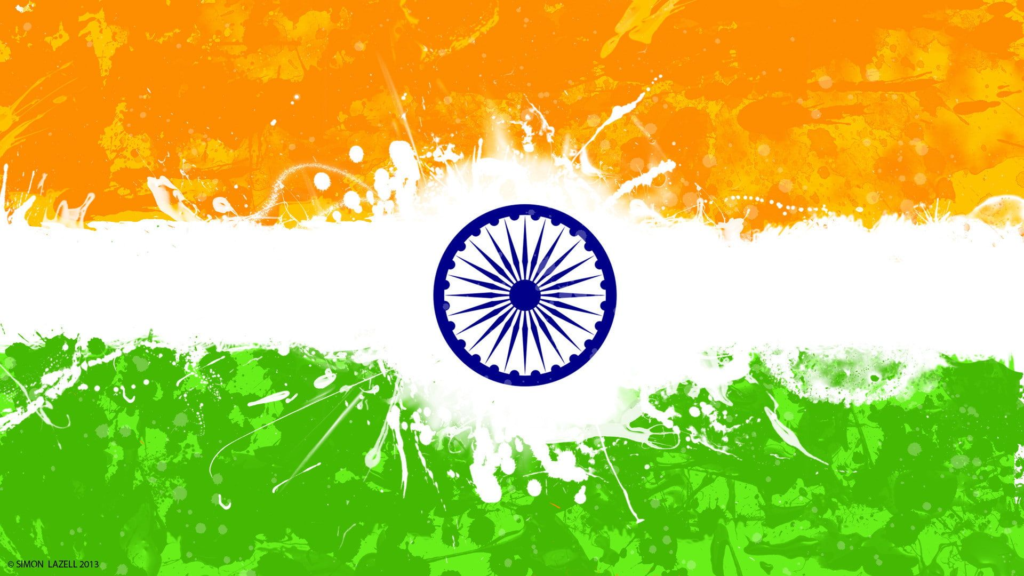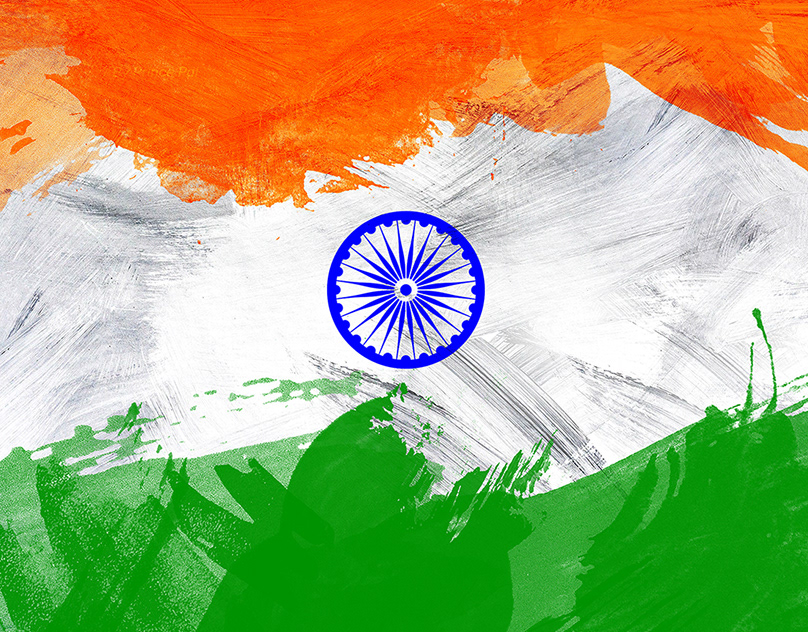Tiranga – The Pride of India


The Tiranga, or the Indian National Flag, is a symbol of India’s pride, unity, and rich cultural heritage. It reflects the values and aspirations of the Indian people and holds a deep significance in the history of India’s freedom struggle and its journey as an independent nation. The Tiranga stands as a beacon of hope, peace, and strength for the citizens of India.
In this comprehensive blog, we will explore the history, significance, design, and importance of the Tiranga in detail. Let’s take a closer look at the story behind the Indian National Flag and why it holds a special place in the heart of every Indian.
History of the Tiranga
1. Early Attempts to Create a National Flag
The idea of a national flag for India was first raised during the early phases of the Indian freedom movement. Before the Tiranga was adopted as the official flag, there were several attempts to create a symbol that could represent India’s fight for independence:
- 1906 – The first known Indian flag was hoisted on August 7, 1906, at the Parsee Bagan Square in Calcutta (now Kolkata). It had three horizontal stripes of green, yellow, and red, with symbols of the sun and moon and the words Vande Mataram written in Devanagari script.
- 1917 – The Home Rule League, led by Bal Gangadhar Tilak and Annie Besant, introduced another version of the flag with five red and four green horizontal stripes, with a Union Jack at the top left and a crescent and star on the right side.
- 1921 – A young freedom fighter named Pingali Venkayya designed a flag with two horizontal stripes of red and green, symbolizing Hindu and Muslim communities. Mahatma Gandhi suggested adding a white stripe to represent other communities and a spinning wheel (Charkha) as a symbol of self-reliance.
2. The Final Adoption of the Tiranga
On July 22, 1947, just a few weeks before India gained independence, the Constituent Assembly of India adopted the Tiranga as the official National Flag. The design was inspired by Pingali Venkayya’s earlier version but with a key modification — the spinning wheel was replaced with the Ashoka Chakra, symbolizing dharma (righteousness) and progress.
Design and Colors of the Tiranga
The Tiranga consists of three horizontal stripes of equal width, each representing important values and principles:
1. Saffron (Top Stripe)
- Saffron symbolizes courage and sacrifice.
- It reflects the spirit of renunciation and the willingness of the Indian people to fight for justice and truth.
2. White (Middle Stripe)
- White represents peace, truth, and purity.
- It signifies the path of truth and honesty that the country must follow.
3. Green (Bottom Stripe)
- Green stands for faith, prosperity, and fertility.
- It reflects the agricultural richness and natural beauty of the country.
4. The Ashoka Chakra
- The Ashoka Chakra, in navy blue, is positioned at the center of the white stripe.
- It has 24 spokes, representing the 24 hours of the day and the eternal wheel of time.
- The Chakra is derived from the Lion Capital of Ashoka and symbolizes motion, progress, and justice.
Significance of the Tiranga
The Tiranga holds immense emotional, political, and spiritual significance for the Indian people. It is not merely a piece of cloth but a sacred representation of India’s sovereignty, unity, and democratic ideals.
1. Symbol of National Unity
- The Tiranga represents the unity of India’s diverse communities, cultures, and religions.
- Despite differences in language, faith, and customs, the Tiranga unites over 1.4 billion Indians under a common identity.
2. Reflection of Freedom Struggle
- The Tiranga embodies the sacrifices made by countless freedom fighters who laid down their lives for India’s independence.
- It reminds every Indian of the resilience and courage displayed during the British colonial rule.
3. Representation of Democratic Values
- The Tiranga stands as a symbol of India’s commitment to justice, liberty, equality, and fraternity as enshrined in the Indian Constitution.
- The Ashoka Chakra emphasizes the importance of righteousness and continuous progress.
Protocol and Respect for the Tiranga
The Indian National Flag is governed by strict guidelines to ensure it is treated with the utmost respect and dignity. The rules for displaying and handling the Tiranga are outlined in the Flag Code of India, which was introduced in 2002.
1. Proper Display and Usage
- The flag should always be hoisted in a place of honor.
- It should never touch the ground or be used as clothing, drapery, or decoration.
- The flag should be hoisted from sunrise to sunset and taken down ceremoniously.
2. Rules for Hoisting the Tiranga
- The saffron stripe must always be at the top when hoisted horizontally.
- When displayed vertically, the saffron color should be to the left of the observer.
- The Ashoka Chakra must always be visible and upright.
3. Respect During National Events
- The Tiranga is prominently displayed during national events like Republic Day, Independence Day, and Gandhi Jayanti.
- Citizens are encouraged to participate in flag-hoisting ceremonies and sing the National Anthem with respect.
Tiranga in Modern India
1. The Tiranga in Sports and International Events
- Indian athletes proudly display the Tiranga during international competitions like the Olympics, Asian Games, and Cricket World Cup.
- The sight of the Tiranga being raised at global events symbolizes India’s growing influence and strength on the world stage.
2. The Tiranga in Space Exploration
- India’s space missions, including Chandrayaan and Mangalyaan, have carried the Tiranga into space, symbolizing India’s scientific and technological achievements.
- The image of the Indian flag on the moon and Mars reflects the nation’s progress and aspirations.
3. Social and Political Movements
- The Tiranga is often used as a rallying symbol in political and social movements.
- It represents the collective voice of the people, calling for justice, equality, and reform.
Interesting Facts About the Tiranga
- Made of Khadi – The Tiranga is traditionally made from khadi, a hand-spun fabric promoted by Mahatma Gandhi as a symbol of self-reliance.
- Height of the Largest Flag – The tallest Indian flag is located at the Attari-Wagah border, measuring 360 feet in height.
- The First Tiranga in Space – Indian astronaut Rakesh Sharma carried the Indian flag into space in 1984.
- The Largest Human Flag – India holds the record for the largest human flag formation, created by over 50,000 people.
Importance of the Tiranga for Future Generations
The Tiranga is not only a reflection of India’s past but also a guiding light for its future. It inspires every citizen to uphold the values of justice, equality, and peace.
1. Teaching the Significance to Youth
- Schools and educational institutions should teach the history and significance of the Tiranga.
- Patriotic events and flag-hoisting ceremonies should be encouraged to foster a sense of national pride.
2. Promoting Unity and Harmony
- The Tiranga should serve as a reminder of India’s diversity and the need for communal harmony.
- It should inspire people to work together for the nation’s development and progress.
3. Preserving the Legacy
- Citizens must protect and respect the Tiranga in daily life.
- The values represented by the Tiranga should be upheld in personal and public spheres.
Conclusion
The Tiranga is more than just a national symbol — it is a reflection of India’s soul, history, and aspirations. From the sacrifices of freedom fighters to the achievements of modern India, the Tiranga remains a source of strength and pride for every Indian.
As citizens of India, it is our duty to honor and protect the Tiranga, upholding the values it represents. Whether it is hoisted high on national days, carried into space, or displayed in international arenas, the Tiranga continues to inspire generations and reflect the glory of India.
Jai Hind!
